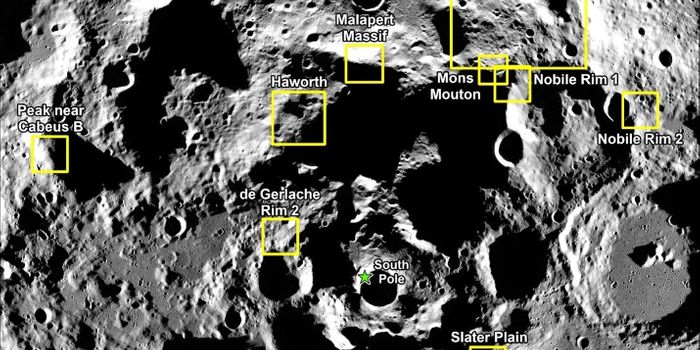2020 Space Research: What to Expect
2019 was one of the most exciting years for space fans. Therefore it’s hard to believe that 2020 could bring something even more fascinating. However, space is unpredictable so we could never be sure when and what to expect.
Today we’re going to look through all the exciting space missions which are expected to set in 2020.
SpaceX and Boeing
Private firms are playing an increasingly important role in reducing the cost of space travel, and this year the first astronauts are likely to fly on board of a commercial spacecraft like SpaceX's Crew Dragon and Boeing's Starliner. The exact launch dates are not announced yet. Both spacecrafts are still in testing mode in order to make them as safe as possible for transporting humans.
In December 2019, Starliner launched an uncrewed test flight. Although the spacecraft did not reach the International Space Station due to burning too much fuel during launch, this flight was still a big success for Boeing.
Elon Musk’s SpaceX is expected to launch Crew Dragon, its first manned mission, in 2020. An unmanned version reached the International Space Station in March 2019. If successful, SpaceX’s Crew Dragon would probably become one of the main transportations for US astronauts to and from the space station.
Currently, they are flying with Russia’s Soyuz spacecraft after the US’s main launcher, the space shuttle, was retired back in 2011.
Solar Orbiter
The Solar Orbiter is a joint mission of NASA and the European Space Agency (ESA). It is expected to launch from Cape Canaveral Air Force Station in Florida on 5th February. The spacecraft’s mission will be to get as close as 0.28 astronomical units (one astronomical unit equals the distance between the Sun and the Earth) to the Sun. Its main purpose will be to study our star and tell us more about its nature, processes and behavior. This mission is expected to last seven years.
Mars as a priority
2020 will be the year of Mars. Several missions are expected to head towards the Red planet this year. On July 17 NASA will launch its long-awaited Mars 2020 rover to explore possible sites of ancient habitability. The European Space Agency and Russia are planning to do the same with their ExoMars Rosalind Franklin rover several days later, on July 25.
The United Arab Emirates and China will also send their own missions to Mars. China is heading to the Moon and China's space agency is expected to launch its next moon mission, called Chang'e-5, this year, but they have not announced a launch date yet. They intend to take samples from the Moon and send them back to the Earth for further analysis. China is going to the Moon after its successful Chang'e-4 mission which landed on the far side of the moon at the beginning of 2019. If Chang'e-5 succeeds it will be the first mission to bring back samples from the Earth’s satellite since the last Apollo mission.
Asteroids
Nasa’s Osiris-Rex, which launched in 2016, is currently orbiting Bennu, a small, spheroidal asteroid with a diameter of about 520 meters, made of carbon-rich rock – a material that scientists believe is representative of the cloud of swirling gas and dust from which the solar system formed 4,6 billion years ago. This summer, Osiris-Rex will move closer to Bennu’s surface, extend a robot arm and release a puff of gas that will send pieces of rock and dust flying up from the surface – and into a collection tube. The spacecraft will then start its journey back home, releasing a container with samples from the asteroid inside as it comes closer to Earth in September 2023, so that the container drops on to the Utah desert.
Sources: Space.com, The Guardian








